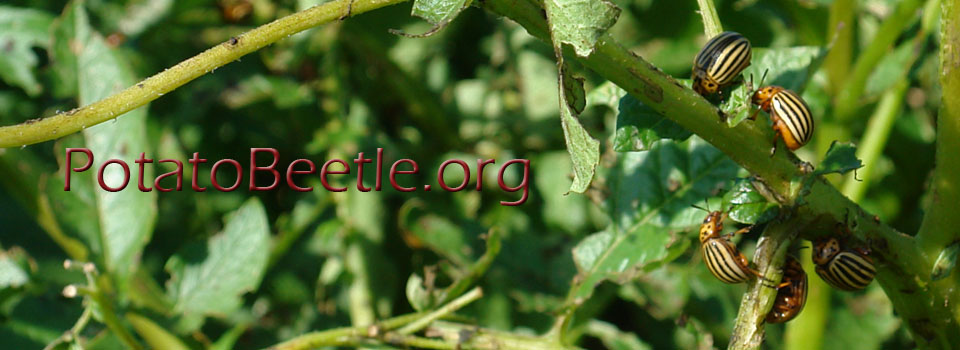Cohen, Z. P., K. Brevik, Y. H. Chen, D. J. Hawthorne, B. D. Weibel, and S. D. Schoville. Molecular Ecology https://doi.org/10.1111/mec.15703
Contextualizing evolutionary history and identifying genomic features of an insect that might contribute to its pest status is important in developing early detection and control tactics. In order to understand the evolution of pestiferousness, which we define as the accumulation of traits that contribute to an insect population's success in an agroecosystem, we tested the importance of known genomic properties associated with rapid adaptation in the Colorado potato beetle (CPB), Leptinotarsa decemlineata Say. Within the leaf beetle genus Leptinotarsa, only CPB, and a few populations therein, has risen to pest status on cultivated nightshades, Solanum. Using whole genomes from ten closely related Leptinotarsa species native to the United States, we reconstructed a high‐quality species tree and used this phylogenetic framework to assess evolutionary patterns in four genomic features of rapid adaptation: standing genetic variation, gene family expansion and contraction, transposable element abundance and location, and positive selection at protein‐coding genes. Throughout approximately 20 million years of history, Leptinotarsa species show little evidence of gene family turnover and transposable element variation. However, there is a clear pattern of CPB experiencing higher rates of positive selection on protein‐coding genes. We determine that these rates are associated with greater standing genetic variation due to larger effective population size, which supports the theory that the demographic history contributes to rates of protein evolution. Furthermore, we identify a suite of coding genes under positive selection that are putatively associated with pestiferousness in the Colorado potato beetle lineage. They are involved in the biological processes of xenobiotic detoxification, chemosensation and hormone function.
